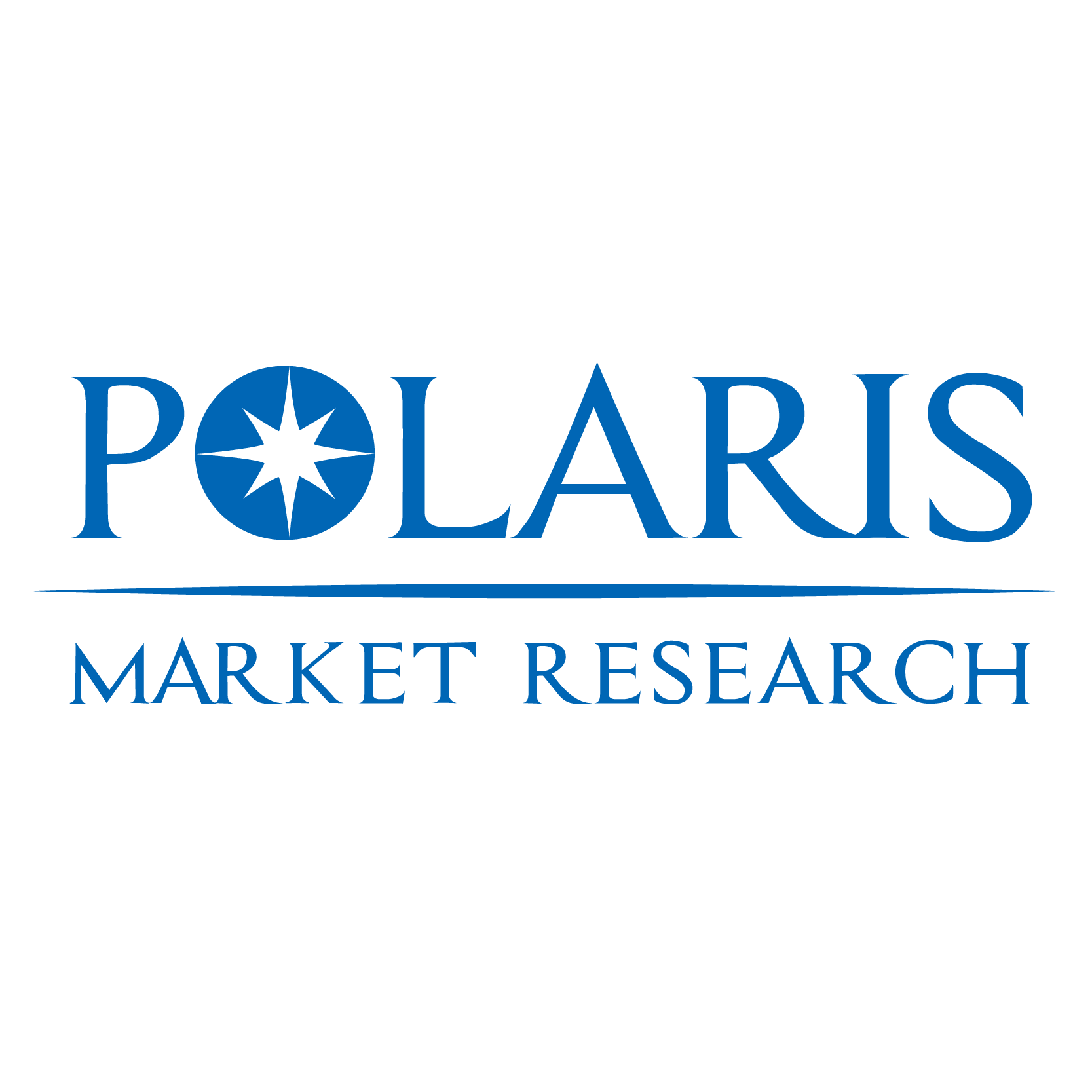Market Overview
The global barbiturate drugs market was valued at USD 462.88 million in 2023 and is anticipated to grow from USD 475.71 million in 2024 to USD 627.71 million by 2032, exhibiting a compound annual growth rate (CAGR) of 3.5% during the forecast period. Barbiturates are a class of drugs that are commonly used for their sedative, hypnotic, and anesthetic properties. They have been widely utilized in the treatment of various medical conditions, including anxiety, insomnia, and seizures, as well as in anesthesia for surgical procedures.
Despite the availability of alternative medications with fewer side effects, barbiturates are still prescribed in certain cases due to their effectiveness. However, their use has decreased over the years due to concerns over the potential for abuse, addiction, and overdose. This market, therefore, faces a unique blend of demand, regulatory control, and clinical preference for alternative treatments.
Market Trends (Country-Wise Analysis)
United States
The U.S. is one of the largest markets for barbiturate drugs, largely due to the high prevalence of conditions such as epilepsy, anxiety, and sleep disorders. Barbiturates are still used in specific medical treatments, such as the management of seizure disorders and in anesthesia for surgical procedures. The U.S. has stringent regulatory frameworks in place for the use of barbiturates, which helps to ensure that these drugs are used safely and effectively. The U.S. Food and Drug Administration (FDA) has placed barbiturates under strict schedules to limit misuse while allowing for their legitimate medical use.
Europe
In Europe, barbiturate drugs are also used but have been increasingly replaced by newer and safer alternatives. Countries like the UK, Germany, and France still have significant markets for these drugs, especially in the treatment of sleep disorders and as anesthetic agents in certain surgical procedures. However, the European Medicines Agency (EMA) has put emphasis on the prescription guidelines for barbiturates due to the potential risks associated with overdose and addiction.
Asia-Pacific
The Asia-Pacific region is seeing a growing demand for barbiturates, especially in emerging economies like India and China, where the healthcare infrastructure is improving. Despite the rise of modern medications, barbiturates are still used for a variety of treatments, particularly in the management of epilepsy and as anesthetic agents. However, concerns over the addictive potential of these drugs are influencing their usage in the region.
Latin America
In Latin America, the market for barbiturates is relatively smaller but continues to show growth, particularly in Brazil and Mexico. Barbiturates are mainly prescribed for conditions such as insomnia, anxiety, and seizure disorders. As with other regions, there is a trend toward using alternative medications that are safer and have fewer side effects, though barbiturates still play a role in certain clinical settings.
Middle East and Africa
The Middle East and Africa have a limited but emerging market for barbiturate drugs. Barbiturates are mainly used in hospitals and specialized clinics for managing conditions like epilepsy and as part of anesthesia regimens. As the region’s healthcare systems evolve, the market is expected to expand, although issues like high costs and the availability of alternatives may influence market dynamics.
Key Drivers of Market Growth
- Prevalence of Epilepsy and Seizure Disorders: Barbiturates are commonly prescribed for patients with epilepsy and seizure disorders, where they play a key role in controlling seizures. The increasing prevalence of these conditions globally continues to drive demand for barbiturate drugs.
- Use in Anesthesia: Barbiturates have long been used as anesthetic agents for surgeries. While alternatives like propofol have become more common, barbiturates are still used in some anesthetic procedures, especially in situations requiring longer sedation periods.
- Aging Population: The aging global population is contributing to the rise in the number of individuals with conditions such as sleep disorders, anxiety, and other neurological issues. This demographic shift is increasing the need for sedative and hypnotic drugs, including barbiturates.
- Increased Awareness and Diagnosis of Sleep Disorders: As sleep disorders, including insomnia, become more recognized as a public health issue, the demand for medications that can manage these disorders is increasing. Barbiturates, though less commonly prescribed than in the past, are still used for patients with severe conditions.
Challenges Facing the Barbiturate Drugs Market
- Concerns Over Misuse and Addiction: Barbiturates have a high potential for misuse, addiction, and overdose, which has led to significant regulatory restrictions on their use. This has contributed to the growing preference for newer, safer alternatives, such as benzodiazepines, which have fewer side effects and a lower risk of dependence.
- Increasing Competition from Alternative Medications: Newer and more effective drugs with lower risks of addiction, such as benzodiazepines, have replaced barbiturates in many clinical settings. The market is now increasingly shifting towards these alternatives, which may restrict the growth potential of the barbiturate market.
- Strict Regulatory Control: Due to their addictive potential, barbiturates are tightly controlled by regulatory bodies, such as the U.S. FDA and the European Medicines Agency (EMA). The rigid regulation limits the ease with which these drugs can be prescribed and affects their overall market growth.
- Public Perception and Safety Concerns: Growing concerns over the safety profile of barbiturates, especially their potential for overdose, have led to a decline in their usage. The public’s perception of these drugs as dangerous substances has influenced the preference for other options with more favorable safety profiles.
Market Outlook
Despite the challenges, the global barbiturate drugs market is expected to continue growing steadily, with the market projected to reach USD 627.71 million by 2032. The demand for these drugs will likely be driven by specific medical needs, such as the treatment of seizure disorders and their role in anesthesia. However, the continued shift toward safer and more effective alternatives may limit the market’s overall expansion.
Pharmaceutical companies operating in the barbiturate drugs market are focusing on enhancing the safety of these drugs, improving manufacturing processes, and developing combination therapies to address the rising demand for safer, more effective sedatives and anesthetics.
Conclusion
The global barbiturate drugs market is experiencing modest growth, driven by their use in treating epilepsy, sleep disorders, and as part of anesthesia protocols. However, the market faces challenges from growing competition with newer medications and concerns over misuse and addiction. Moving forward, the market is expected to grow at a steady pace, but with a greater focus on regulatory control and the development of safer alternatives.
LSI Keywords Used:
- Barbiturates for seizure disorders
- Barbiturates as anesthetic agents
- Sedative and hypnotic drugs
- Epilepsy treatment
More Trending Latest Reports By Polaris Market Research:
India Diagnostic Services Market
Increasing Demand in Cancer Research Programs to Drive Growth








